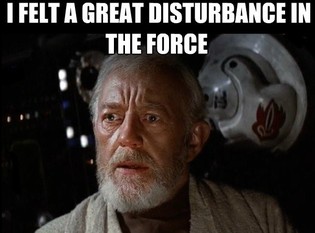|
"Ask A Coach" is intended to address some fundamental training questions that come up from athletes time to time. The focus is on questions that experienced athletes may take for granted, and new athletes may be afraid to ask. What is power and what will a power meter do to make me faster? Last time, we went over the fundamentals of power and power meters. If you missed it, you can check it out here. To understand how power can be used in a training program, let’s first consider the most fundamental aspects of training itself. An athlete improves or becomes more “fit” by applying stress to their body through a combination of exercise volume and intensity. The body at first breaks down and then adapts to that stress via recovery. In turn the athlete becomes stronger through that adaptation and can then handle additional stress via more volume and/or intensity and the cycle repeats. Sounds simple enough, but every person and their situation is different. So when developing a training protocol there are many fundamental questions: How much stress for how long is enough for a particular athlete? How much is too much? When does an athlete need to recover and for how long? Is the athlete getting “fitter” or not? Given this variability, determining the optimum duration and intensity of exercise for a particular ability level, physiology, goals and time is the big challenge for any athlete and for coaches working with them. Having objective insight into what the body is doing on a given day, and what the physiological limits of the body are at any given period during a training cycle, is hugely beneficial and is what power capture and monitoring provide. Prior to power, perceived effort or “feel” and heart rate were the primary methods available to manage an athlete’s training protocols. Each of these methods still has value, and can be used alone or alongside power, but each have limitations and issues to consider. Subjective “feel” is still a very important thing for athletes to develop. But, interpretation of “sensations” as they relate to what is actually going on in the body can be right on or misleading depending on the individual when used alone. Plus, if the athlete is using a coach, there is the additional challenge of communication and interpretation to ensure coach and athlete are on the same page. It takes time to sort out the signals an athlete’s body is sending, and there is a lot more trial and error in the process and more room for misinterpretation of signals. Heart rate (HR) was a step in the right direction of removing some subjectivity, but it’s a lagging indicator, meaning its giving you an indicator of what HAS happened where power is giving you an indicator of what is happening right at that instance in time. Additionally, HR is impacted more by environmental conditions and hydration in its effectiveness. As of today, power is the most direct and “pure” objective measurement of effort we have. Through the use of some fundamental exercise science principals, and a couple of decades worth of real world testing and analysis, an athlete or coach well versed in power training can more precisely adjust and monitor an athlete’s training protocols. There are also methods to monitor stress levels, “fitness”, and recovery allowing for more accurate adjustments to duration and intensity both short and long term. All that said, a power meter is not a prerequisite for riding a bike. Even if you have competitive goals, there is nothing wrong with grabbing a bike and just riding. Especially if you are new to the sport, the additional information can be overwhelming at the start and may stifle the development of good instincts and “feel”. Also, some people have a fantastic intuitive sense of feel either naturally or developed over time, and can effectively self-monitor effort levels. Other athletes may have a long history of using HR and can still very effectively train using either of those methods alone. But in any case, if you have performance goals and have access to someone with knowledge in looking at the data and applying it (or spend the time to learn how to do it yourself), a power meter is only going to provide additional insight into your training effectiveness. Ultimately this insight can help you get to your goals quicker and more precisely develop and monitor your training to do so. Comments are closed.
|

